Unfortunately, most homeowners have no idea what kind of sewer pipe they have, until they have cause to dig it up. However, when you are purchasing a home, there is no harm in asking the seller to disclose this information if they happen to be aware of it. If they've had to dig up a septic, have had a sewer line inspection, or have trenched the yard for other reasons, there's a possibility that they've had a sneak peak at what kind of sewer pipe you are buying.
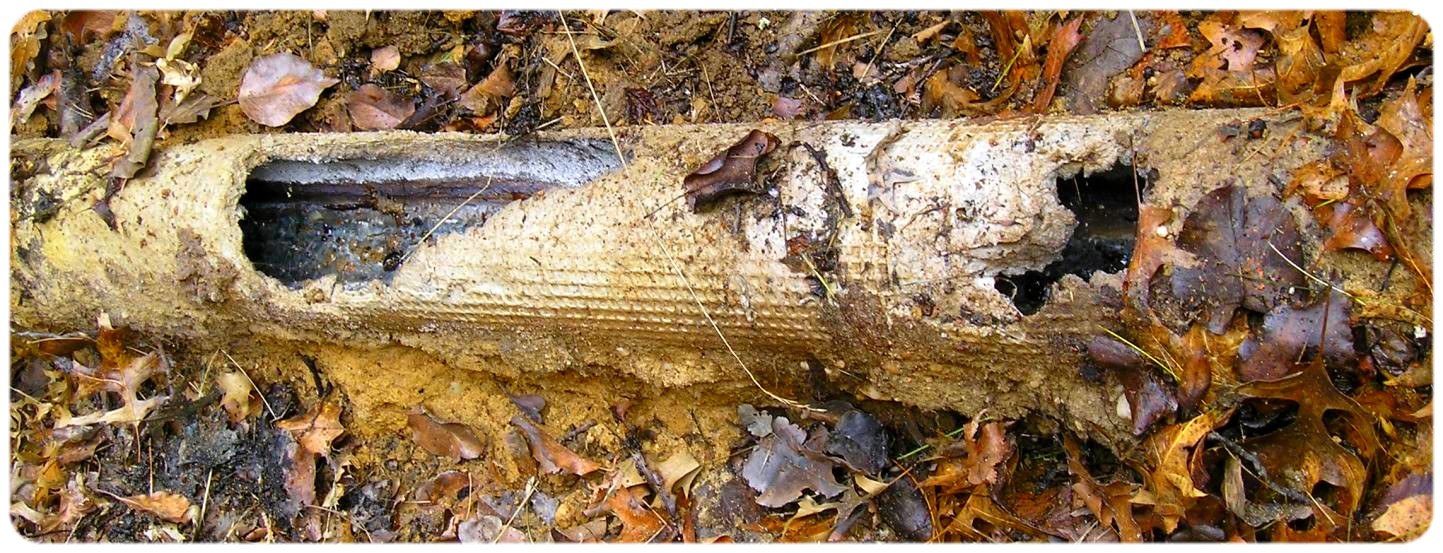
If the house is in an older development, with houses built by the same builder, you can also pose the question to the neighborhood via Facebook or Nextdoor, as you likely have what they have. Otherwise, you'll have to be prepared for a number of possibilities based on the year your house was built.
In addition to old age and corrosion, sewer lines can be compromised by tree roots. If there are large trees within 20 feet of your sewer line (or more, depending on the tree) you could be facing major problems in the future, if they're not silently causing one as we speak. But the longevity of your sewer pipes will be greatly dependent on what they are made of. Each of the common pipe materials have different expected useful lives, though external factors such as climate and the vicinity of trees can shorten the lifespan of the pipe.
The Various Older Sewer Lines that Can be Found in Older Homes:
Transite Sewer Pipes: Also known as AC Pipes (Asbestos-Cement Pipes.) These were installed primarily between the 50's and 70's, and while relatively resistant to corrosion, the technology for connecting these pipes was not as reliable then as today, which can lead to leaks and failures at the joints. The lifespan of these pipes is about 70 years. If you have a 1950 pipe, then look out for failure after the year 2020.
Clay Sewer Pipes: Clay pipes typically last between 50-60 years. They have been in use since about 4000 BC in the widely agreed upon birthplace of city plumbing: Babylonia. While you are not likely to find any Babylonian age clay pipes, it's not uncommon to find these in homes built prior to the 50's and occasionally in homes as late as the 70's.
Cast Iron Sewer Pipes: These were installed most often between the 50's and 70's and will last 75-100 years in most residential applications, so you can expect your 1950 Cast Iron Pipe to fail as early as the year 2025.
Orangeburg Sewer Pipes: These pipes begin to deform after 30 years and tend to fail after 50. Orangeburg pipe was used from 1860 until the 1972. If you have an orangeburg pipe, you should anticipate a failure in the next few years.
Lead Sewer Pipes: Lead sewer pipes can last 100 years, but they are not without their dangers. Lead pipes are gray in color and can be easily scratched with a knife. If you have lead pipes, you will want to replace them immediately, as they can leach lead into the water supply.
PVC Sewer Pipes: If you have PVC sewer pipes, thank your lucky stars. These pipes should last a good 100 years. PVC started rolling out in the 40s, so the year 2040, if you have a 1940's PVC pipe, is when you need to start worrying. (However, failure to take care of your pipes properly can always result in an early failure.
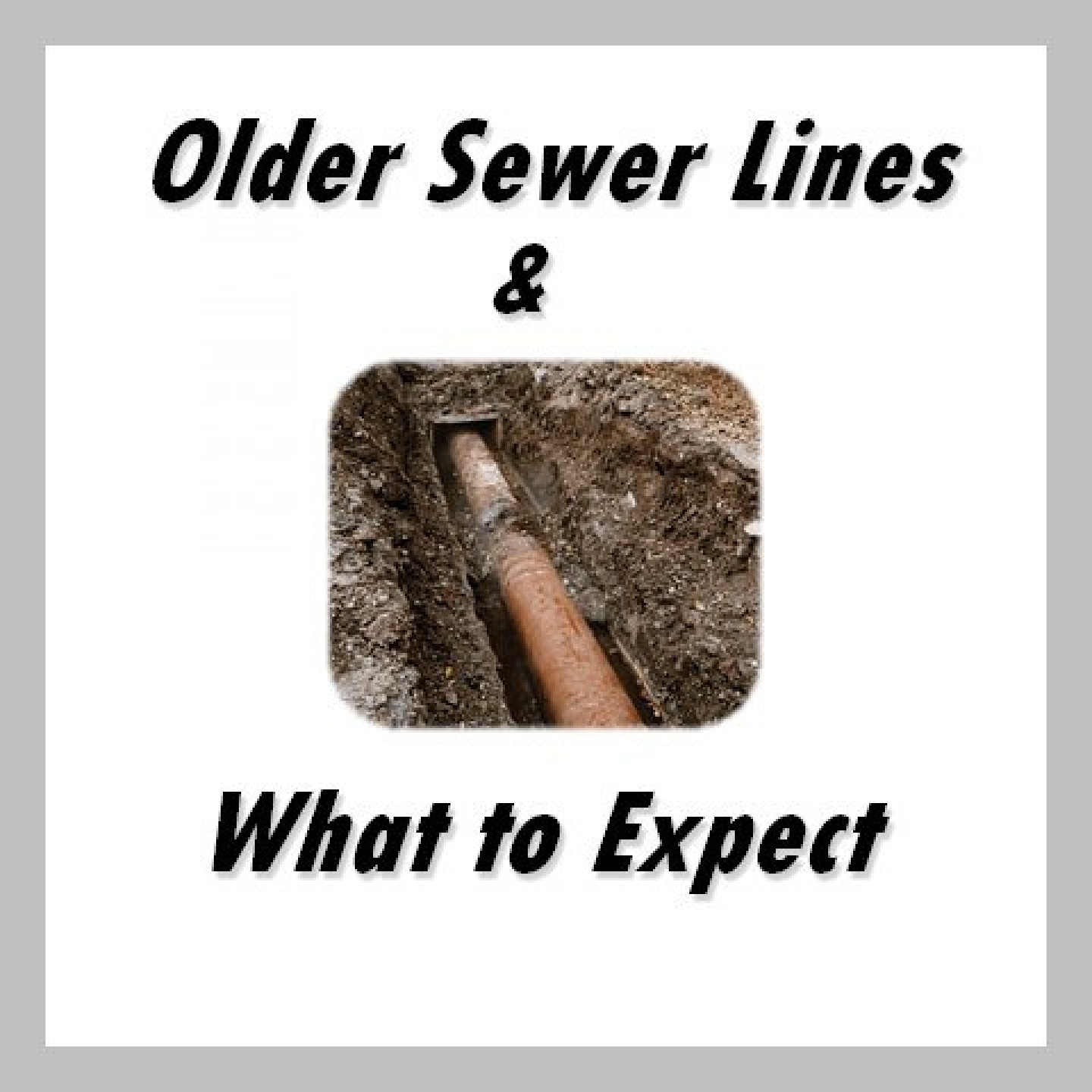
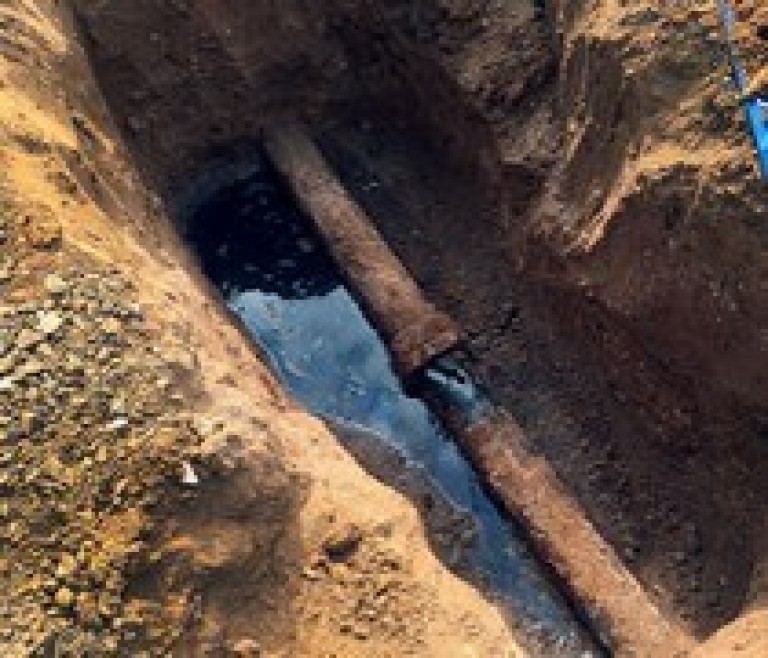

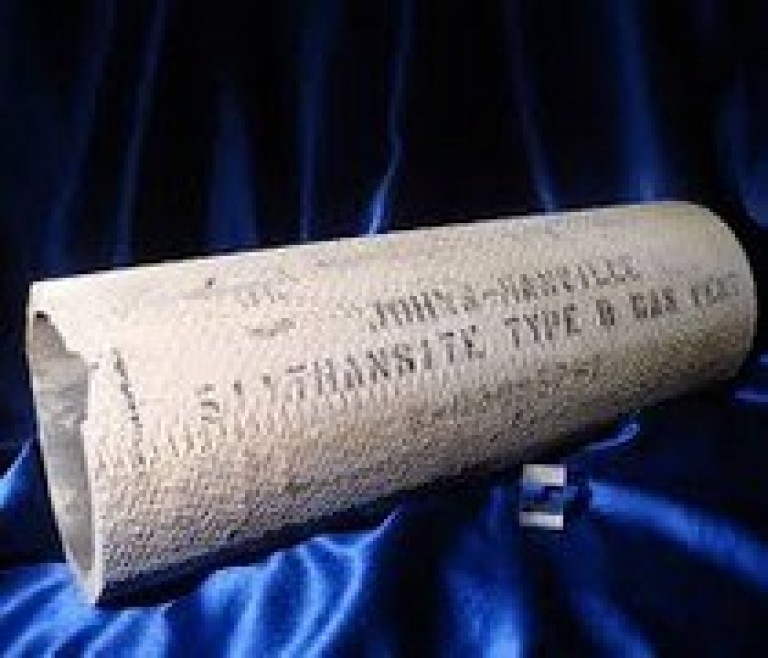
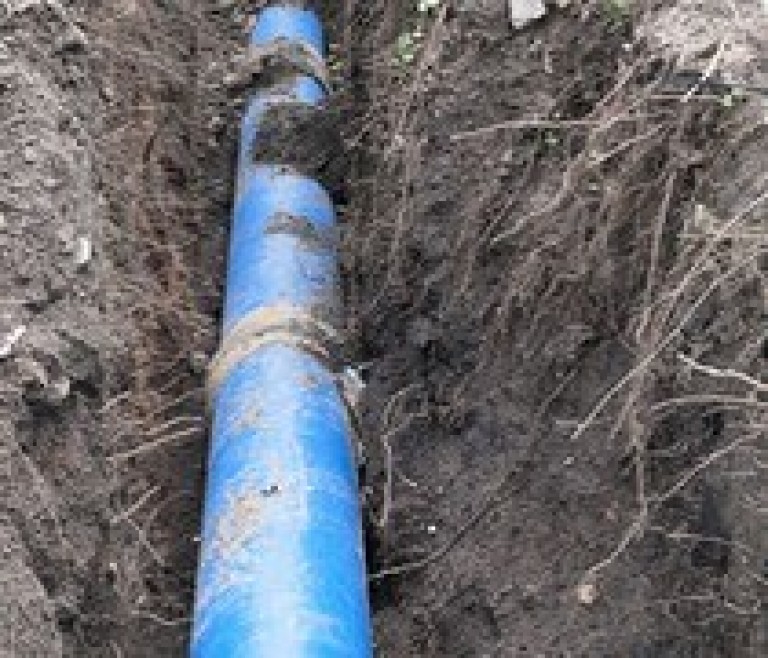
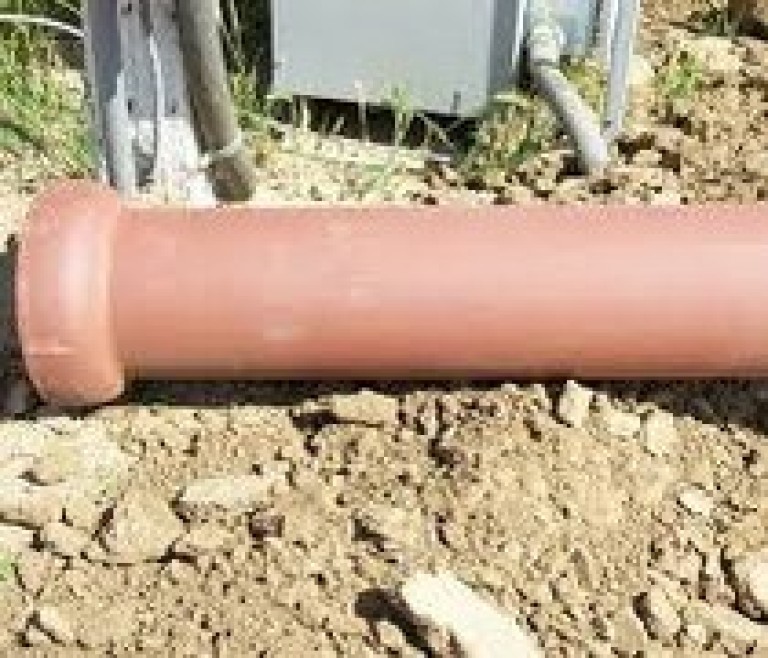
Recent Comments